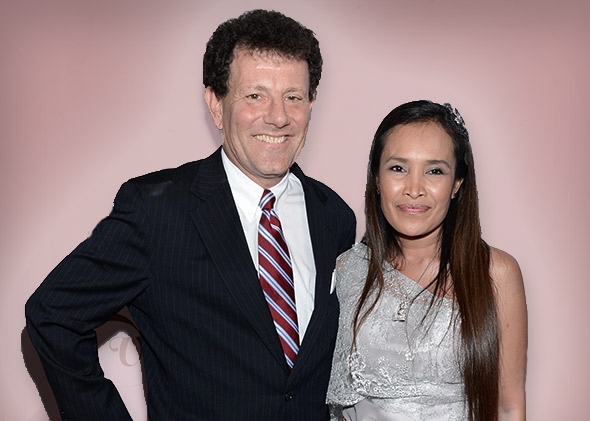To rank higher on Google, it’s crucial to target long-tail and question keywords. These are specific keyword phrases that have lower competition but higher conversion potential. By incorporating them into your content strategy, you can increase your chances of appearing in relevant search results. Creating high-quality, engaging content is crucial for ranking higher on Google’s search results page. It helps improve the visibility and credibility of your site, ultimately driving more traffic and potential customers to your business. Website loading speed is crucial for both user experience and one way for how to rank higher on Google.
Ahrefs’ SERP Checker shows you how much organic search traffic the top results get from all the keywords they rank for. Local results are based primarily on relevance, distance and prominence. A combination of these factors helps us find the best match for your search. When someone searches on Google, we run different auctions for each ad location – for example top ads are SEO Anomaly selected by a different ad auction from ads that show in other ad locations.
In other words, don’t go off on a tangent explaining how your mom once deviated from one of the steps and ended up with burnt rice. This will only reduce clarity, which may confuse Google’s language processing algorithms. If we click the caret next to any of these URLs, we see their estimated worldwide monthly organic traffic.
Better ads mean better Ad Rank
Understanding and effectively using keywords is essential for improving your website’s ranking on Google. Industry experts recommend using the keyword at or close to the beginning of the title tag. That’s because Google pays more attention to what appears in the title tag first. What you can do is create a couple of pages around the central topic.
Utilizing ARRAYFORMULA for Large Datasets
For example, someone might create a domain name containing the words „best-places-to-eat-lunch“ in hopes all those words in the domain name would propel content high in the rankings. They are the foundation of Google’s algorithm and remain one of the most important Google ranking factors. URLs in SEO play a crucial role in informing users and search engines about the content and structure of a webpage. Other industry studies, like this one, have found that longer content tends to accumulate more backlinks compared to short blog posts. This finding is in-line with this Backlinko-BuzzSumo analysis of 912 million blog posts, which found that 94% of all content has zero backlinks.
To ensure your site looks great on any device, build your small business website through a site builder with responsive templates, like Wix or Squarespace. If you’re using WordPress, make sure you have a mobile-responsive theme or template. Making sure your website is ready for visitors on any device is vital to ranking higher on Google and overall SEO success. Your site needs to look great and provide a good UX on desktops, laptops, tablets, and mobile phones. Keyword research on Semrush highlighting search volume and keyword difficulty.
While meta descriptions don’t have a direct impact on rankings, they should work closely with your title tags. Incorporate the keyword if possible, as well as a clear call-to-action for users. Ad Rank is calculated every time a user does a search and is recalculated for different positions on the search results page. Google News aims to promote original journalism and expose users to diverse perspectives. It doesn’t accept payments to expedite or improve a site’s search appearance or ranking.
When talking about search, we use the term “organic” to refer to search results that are unpaid. This is different from paid results, which come from PPC advertising. Paid ads can help you dominate the top of the first page while earning you clicks.
How to Rank for a Keyword (8 Steps)
But it needs to be the type of high-quality content that people share on social media and link to. Needless to say, lining up your content with search intent is a GREAT way to improve your bounce rate. That’s because you can optimize your page in about 2 minutes. Regularly adding photos, responding to reviews, and posting updates tells Google you’re engaged.
- Some SERPs are solid as a rock, so it’s extremely hard to outrank the top results.
- Just like with social media platforms, you can post to your Google Business Profile about announcements, offers, events, and products.
- Using our dog grooming example, you can check the SERPs to see which businesses rank highest on Google Map results and which rank on the first page of Google results overall.
- For our example, we’ll ask respondents to rank their favorite seasons.
You benefit more by only having your keyword in the URL OR Title and leaving it out of the H1/H2/Alt Image and using related keywords or synonyms. One thing I would keep in mind for beginners is onpage factors are a little tricky now in my opinion and have changed in the past year. I noticed some of my local domains are coming back to page 1 or 2 (citydivorcelawyers.com, etc), seems Google is favoring the local domains. All of this translates into more free traffic and eventually growth in my business. A page that talks about “how to blog” is more likely to rank above a site that talks about “bass fishing tips”, for the query “how to blog”. Google looks at on-page factors and off-page factors to determine what site should rank first.




